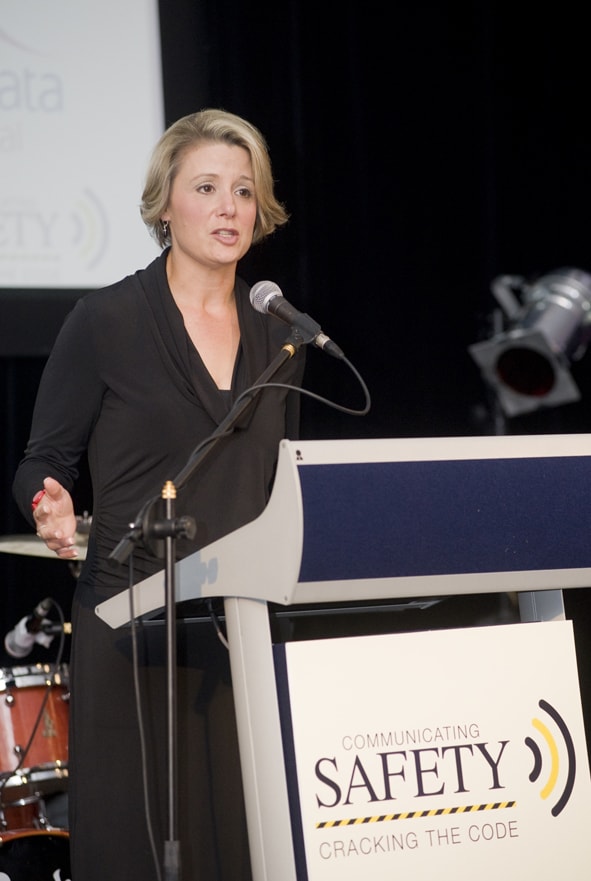 Less than 24 hours after mentioning the fragility of Australia’s OHS harmonisation process, confirmation comes from an unexpected source, Kristina Keneally, Premier of New South Wales (pictured right). It would seem that Keneally’s decision to change her stance on OHS is more to do with a general package of industrial relations and, union-friendly, reforms, as reported in the Brisbane Times on 14 October 2010 (video available HERE). Yet she has stated that
Less than 24 hours after mentioning the fragility of Australia’s OHS harmonisation process, confirmation comes from an unexpected source, Kristina Keneally, Premier of New South Wales (pictured right). It would seem that Keneally’s decision to change her stance on OHS is more to do with a general package of industrial relations and, union-friendly, reforms, as reported in the Brisbane Times on 14 October 2010 (video available HERE). Yet she has stated that
“”We will not therefore introduce the model OHS legislation as it is currently drafted.”
The media has been quick of highlighting this new tension between State and Federal agendas. Prime Minister Julia Gillard was asked about Keneally’s statements and responded:
“….I think the Keneally Government should honour the agreement it made. It had an extensive period of time to raise issues of concern – and indeed it did, through its Minister at the Workplace Relations Ministerial Council table. Issues were raised, issues were discussed. When you are reaching uniform laws, it is obvious that states and territories come with different perspectives. They’ve got their own laws. If no-one moves then you never get national uniformity.
So, yes, New South Wales raised issues along the way, but it accepted the outcomes and it signed the deal. We require the deal to be delivered.” Continue reading “Harmonious fragility or fragile harmony – OHS and politics in Australia”
